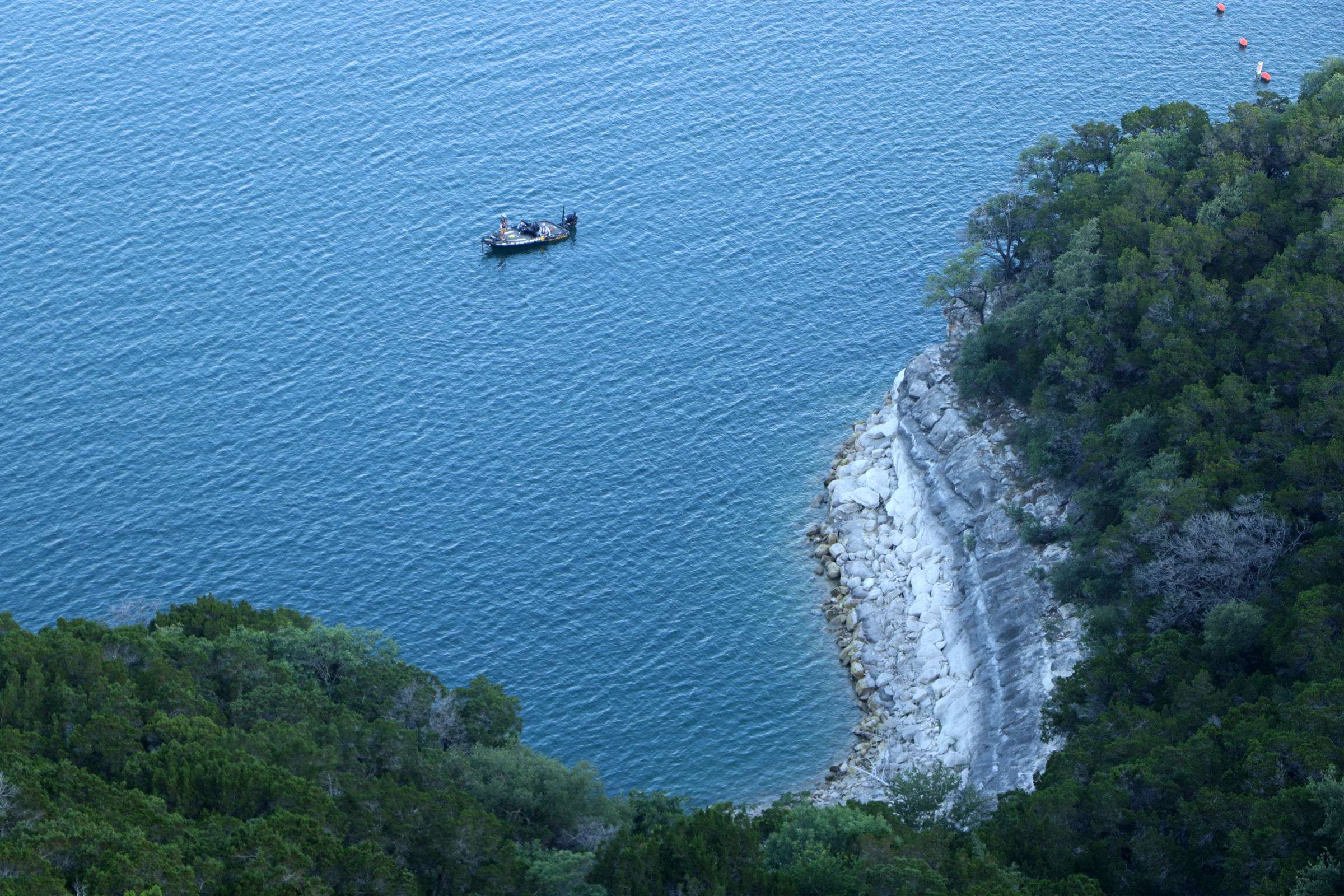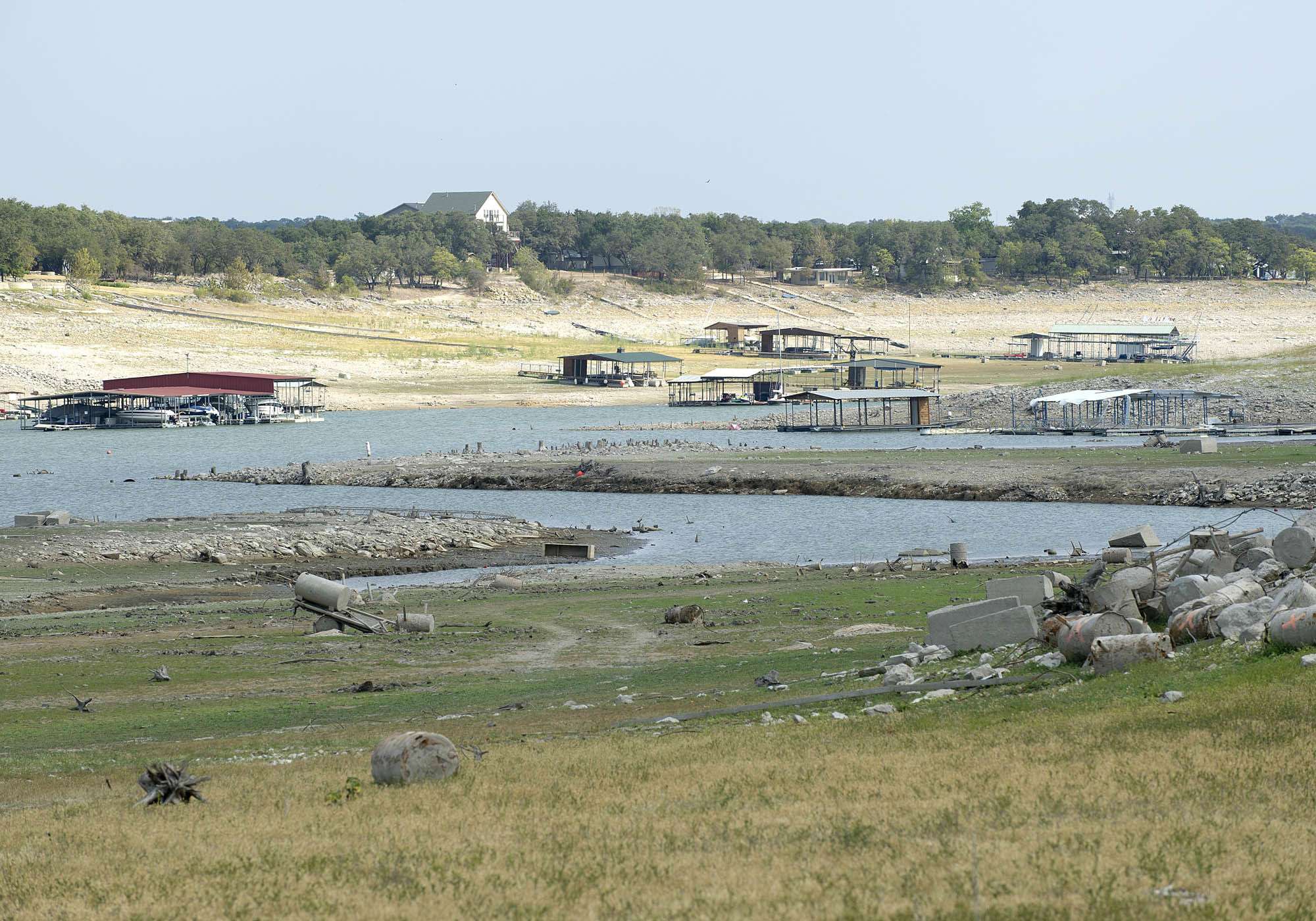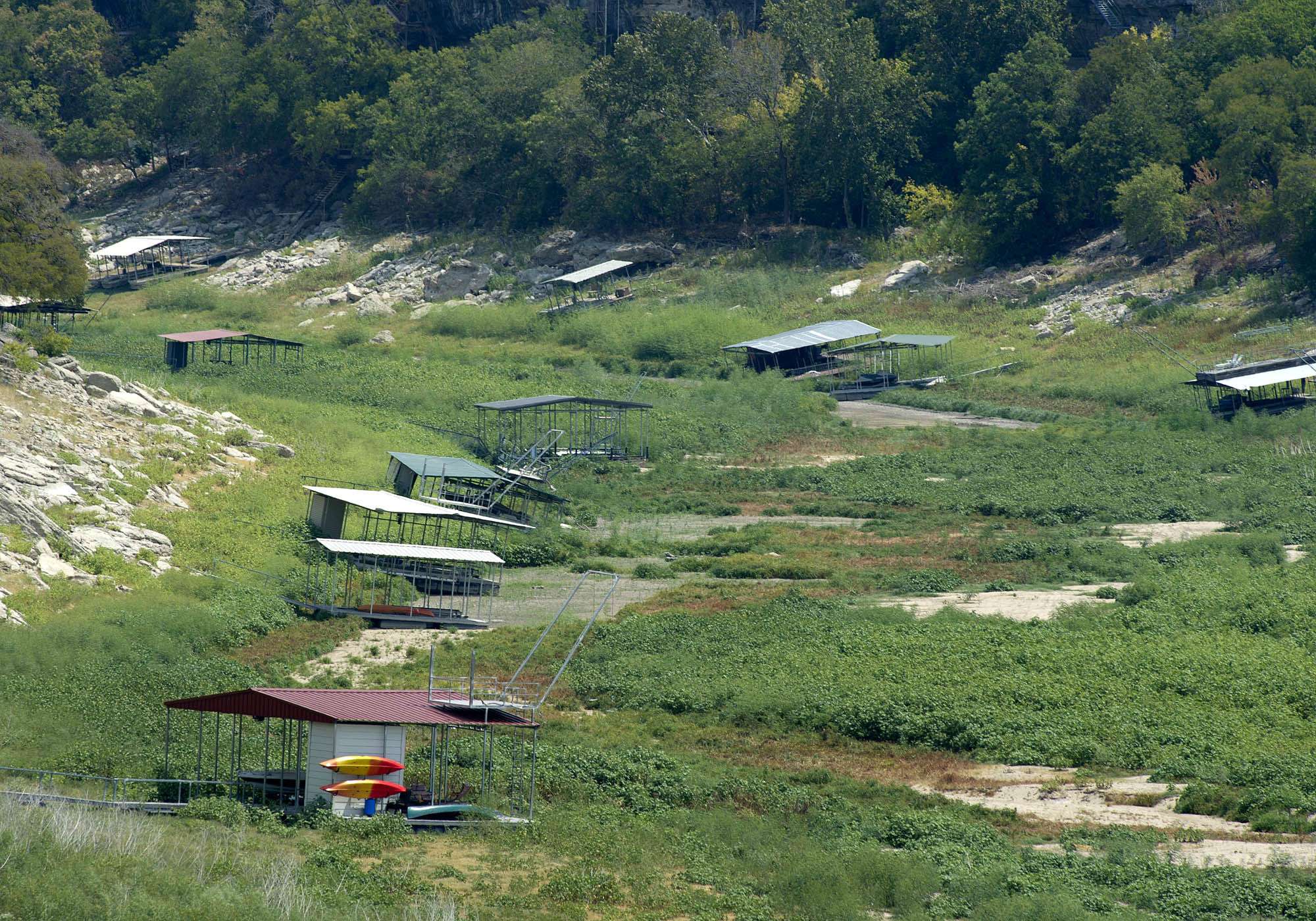
AUSTIN, Texas — Just three years ago you could mow grass across the exposed bottom of Lake Travis. Closed signs hung across entrances of the boat ramps. Coves became graveyards for boats abandoned on dry ground.
You get the picture and it wasn’t pretty. From 2011 through 2014 central Texas suffered one of the worst droughts in history. Lake Travis dropped nearly 50 feet, or by one-third of normal pool. Austin’s aquatic playground—and a source of drinking water—was all but dried up.
No one could have envisioned a Toyota Bassmaster Texas Fest Benefitting Texas Parks and Wildlife Department. But here it is and Lake Travis is back.
The pros are proving the point. On Thursday, Josh Bertrand, Bobby Lane Jr., and Cliff Pace registered trophy catches with Toyota ShareLunker. Pace’s entry topped the list at 10 pounds, 5 ounces. Limits weighing 21-15 and 21-2 were caught. Over 700 keepers measuring at least 14 inches got logged using the catch-weigh-release format.
The comeback story began during the summer of 2015. Historic rains and a wet spring filled the lake to capacity by the following year.
The economy rebounded after lakeside businesses swept floors and flipped signs from closed to open. The turnaround came quick. Restoring a fishery in peril? Not so easy. Texas Parks & Wildlife Department stepped up to the challenge, and the results are remarkable.
FORWARD THINKING
Droughts are more pronounced in deep lakes with drastic water level fluctuations. During the historic drought, habitat loss and limited public access to Lake Travis proved detrimental to fisheries management. TPWD refused to allow its plan for Lake Travis to go idle. Instead, thinking ahead resulted in long-term solutions during future prolonged droughts.
“Texas Parks and Wildlife took the opportunity to learn from the drought event before the water even began coming back up,” said Marcos De Jesus, a TPWD district supervisor, whose job includes overseeing fisheries management of the lake.
Call what came next forward thinking during otherwise down time. TPWD provided a financial aid grant to Travis County for building a low water emergency boat ramp. Ironically the ramp is located at Tournament Point.
“We wanted to provide tournament anglers access to the lake, even at the lowest level,” explained De Jesus. “Tournament anglers stimulate the local economy, while bringing publicity to the lake and in turn, bring more recreational anglers.”
Construction occurred when the lake was at its low point. Today, the ramp is completely inundated but available when need arises.
“We included the ramp in our management plan to keep a very popular lake open, regardless of the level,” he added.
STOCKING FOR THE FUTURE
Drought tolerant vegetation flourished during the low water period. When the lake filled back up the abundance of inundated plants created the perfect storm for growing largemouth.
TPWD couldn’t have expected a better outcome following an otherwise disastrous event. The state’s top-notch fish hatcheries kicked in production to infuse the lake with Florida-strain largemouth. Some 750,000 fingerlings got stocked into Lake Travis between 2015 and 2016.
“The stockings provided us with the opportunity to bring Florida genetics into the gene pool,” said De Jesus.
To reach the 14-inch minimum for largemouth it takes between 2 and 3 years, according to TPWD creel data. That means the post-drought fingerlings are now adults capable of natural reproduction in the lake.
“The drought actually allowed us to infuse the lake with the desirable genes to improve the opportunity to grow bigger bass, and provide anglers with a greater fishing experience,” said De Jesus.
“Because of its depth and productivity with the flooded habitat it gives those fish a head start to become the lunkers we are looking for in Lake Travis,” he added.
There is more to come. Whenever the lake reaches an elevation of 660 mean sea level the stockings will be continued every 2 to 4 years. Keeping the gene pool thriving is the plan, and so far so good.
ACE IN THE HOLE
Worlds collided when fisheries science was intentionally blended with economics. A TPWD economic impact study aims to prove just how important recreational sport fishing, and particularly bass fishing, is to the local economy.
De Jesus explained that is important because of how many lakes in Texas are managed by more than one authority. On Lake Travis, TPWD manages natural resources, and the Lower Colorado River Authority deals with water control. The two sides don’t always meet in the middle.
“Economic impacts will help us prove how much fishing generates for the local economy,” said De Jesus. “The numbers allow us to weigh in on the impacts in terms of water management in Texas.”
Call it the ace in the hole, when needed, when it comes time to discuss water distribution in a given water body like Lake Travis.
“We see big numbers because the lake is peaking, and we want to catch those economic numbers while we can,” he added.
GROWING THE SPORT
Toyota Bassmaster Texas Fest Benefitting the Texas Parks and Wildlife Department also benefits the future management goals for Lake Travis. Funds benefit the urban fishing program, which is a major initiative for TPWD.
Smaller city lakes are dwarfed by the sheer size of Lake Travis. Even so, the lake is located close enough to Austin to make it an urban fishery.
“The population of Texas is expected to double by 2050 and most of the growth is in larger cities like Austin,” said De Jesus. “We need to make fishing relevant to new urban dwellers and Lake Travis is a huge priority for us.”
A forward thinking management policy, a state fisheries department that is second to none, and a now thriving bass fishery all add up to a promising future for Lake Travis.



